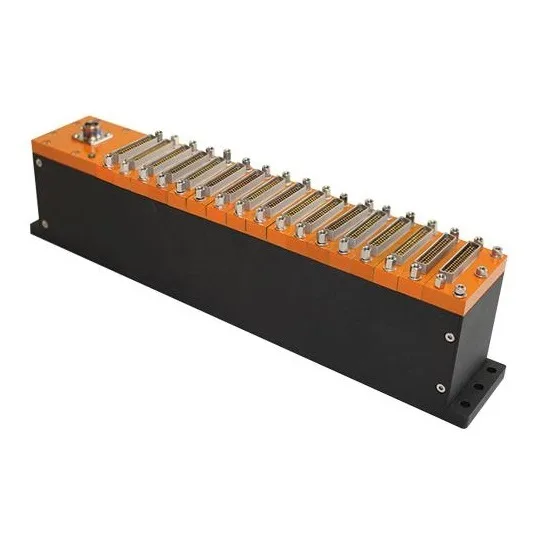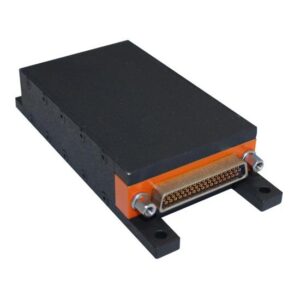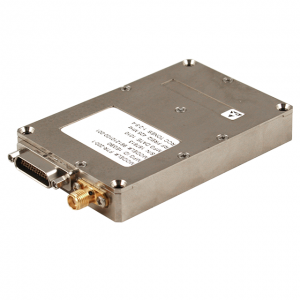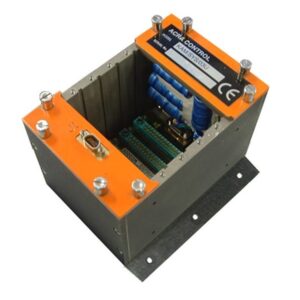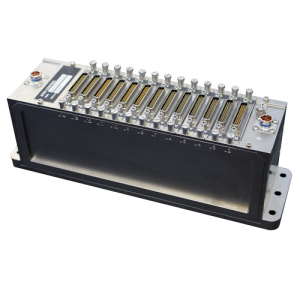AXN/CHS/16U | 16 Slot Data Acquisition System
- Power supply unit and 16 user-slots
- 18 to 40 VDC isolated power supply
- Rugged aluminum housing
- Supports remote mounting of user modules
Link to Supplier Page:
https://www.curtisswrightds.com/products/flight-test/data-acquisition/axon/axnchs16u.html
Additional Information:
The AXN/CHS/16U is a 16 user-slot Axon chassis, which along with the housing and backplane, includes a power supply module which regulates power supplies for the backplane (isolated 28V nominal in). The backplane has sixteen connectors for user-modules, which are polarized to prevent the insertion of the backplane controller module. The backplane distributes power and connects each user module to the controller.
Any user-module can be placed in any user-slot in any combination. User modules may be remotely located via the use of an Axonite housing.
Curtiss-Wright is the original flight test company and has helped hundreds of programs finish on time. Curtiss-Wright has listened to the communities future needs and has developed a solution – the Axon. The Axon is a ultra-compact data acquisition unit that can operate as a stand alone unit or a supporting ‘remote node’.
It leverages decades of experience from the Acra KAM-500 product line, uses the same proven FPGA finite state machine architecture for reliable operation. The Axon is designed to work seamlessly with existing Curtiss-Wright data acquisition products. It uses the same synchronization technology and the same programming, management and display software.
A solid chassis design allows for rapid configuration changes and better environmental ruggedness. The backplane design means units can be made into several shapes and sizes. It adds a host of features to save you time such as
- An on-board co-processor for rapid pre-flight checks
- Faster compilation
- IoT compatability
- Firmware upgrading even when installed on an aircraft
The Axon has a true network native design for plug-and-play installation and a serial backplane design which means for the first time flight test engineers can create complex distributed systems quickly and easily. Chassis can not only connect through Ethernet switches but also with each other thanks to an inbuilt dual-port Ethernet controller – no additional modules required.
Connect several chassis together in a daisy chain, or connect any Ethernet enabled device to the Axon. This helps reduce the number of boxes required and helps get DAUs closer to the sensors for lower weight and more accurate data.
Modules to be separated from the chassis by up to 20 meters using a simple ‘Axonite’ housing. This means you get an ultra compact remote node using any off-the-shelf module you like. Axonites improve data quality and help reduce cabling weight by getting the data acquisition closer to the sensors.
The Axon is being built today for tomorrows flight test programs.

